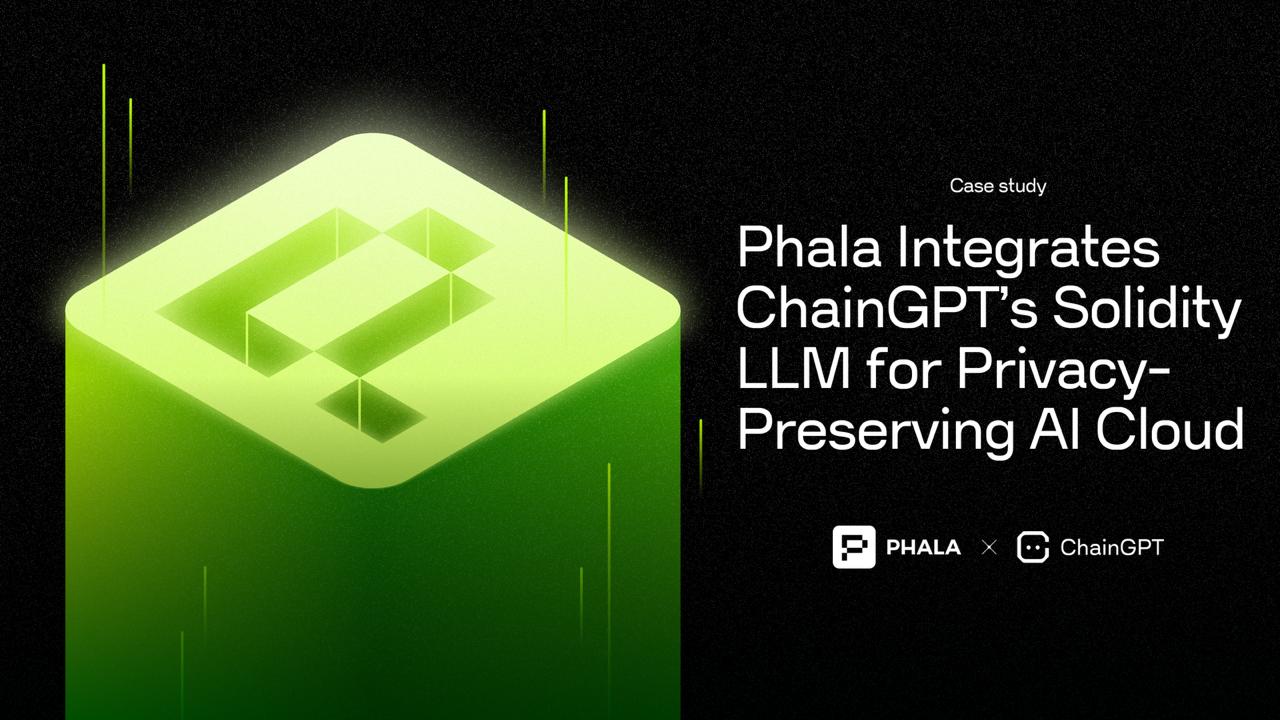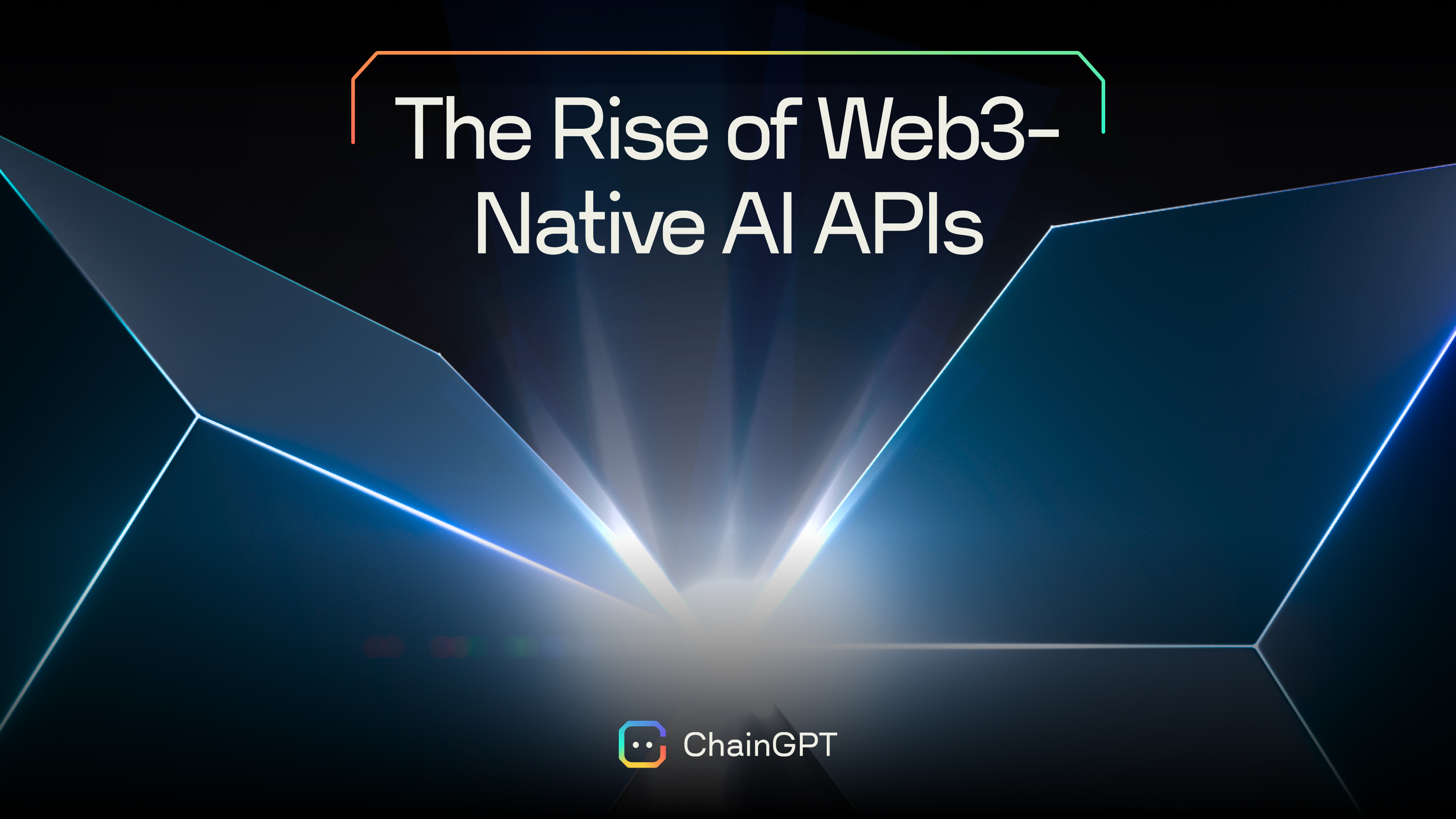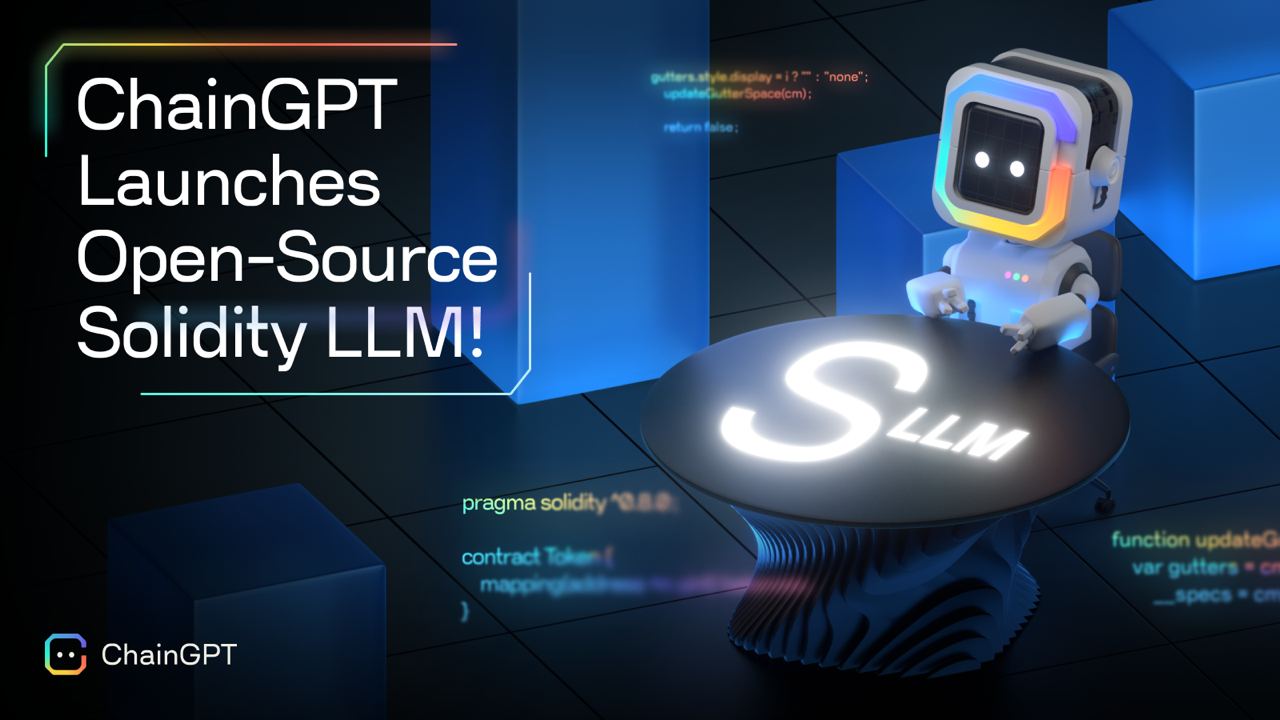
ChainGPT is developing the most sophisticated Artificial Intelligence agent to serve as the infrastructural backbone of the crypto, blockchain, and Web3 industry. Composed of eight key elements, here is a high-level overview of how we have designed the ChainGPT’s AI model:
Natural Language Processing (NLP)
ChainGPT is designed to understand and process any input and generate relevant answers using NLP algorithms.
Natural language processing is a fundamental building block for establishing human-grade communication models. It is a system for interpreting any arbitrary/abstract text/speech inputs that do not lend themselves to uniform structures in order to produce relevant outputs.
The model of human communication is a messy one. The lingual variance in the syntactic, semantic, phonetic, and lexical styles used by people cannot be quantified; there will be as many unique communication styles as there are personalities.
Therefore in order to create a method of establishing coherent communication between man and machine, NLP frameworks have been developed around fundamental principles that are consistently found in all forms of communication.
At its core, those principles revolve around parsing, part-of-speech tagging, named entity recognition, sentiment analysis, and text tokenization.
ChainGPT’s application of NLP in its AI system serves to take in human language input, comprehend the intention/request/prompt, and respond accurately. Crypto, blockchain, and Web3 are all novel, radically evolving domains of knowledge that garner cross-cultural interest. Given that the informational density of their respective subject matters spans broadly, the NLP algorithms in ChainGPT’s AI will help with being able to effectively translate inputs and produce coherent, contextually aware responses.
For a breakdown of the NLP principles please refer to the NLP section of the ChainGPT documentation
Machine Learning (ML)
Machine learning is the field of knowledge upon which modern artificial intelligence systems are built.
As the name might have hinted out, machine learning is at its core, the construction of methods in which computers are capable of recursively educating and advancing their comprehension of certain subjects.
Based on neural networks that replicate human thought processes, ML is an aggregation of complex algorithms that can distill abstract principles into tangible mathematical formulas. Concepts such as linear regression, clustering, and random forest structuring are examples of decision-making techniques that are utilized to make learning possible.
Depending on who you ask, there are three general classes of learning models, Supervised, Unsupervised, and semi-supervised each containing a multitude of hybrid alternative sub-models (reinforcement, temporal, etc) within them.
ChainGPT’s AI leverages all of the leading open standards in machine learning to optimize its model’s aptitude to evolve alongside the ingestion of new data.
More info on the machine learning can be found in the Machine Learning (ML) section of the official ChainGPT documentation.
Transformer Architecture
Transformer architecture refers to the specific design of a neural network that was uncovered and implemented by Google's AI team, Google Brain.
Superseding its predecessor architecture known as RNN (Recurrent Neural Networks); transformer architecture is an adaptive approach to the processing of data. Rather than sequencing steams of information in chronological strings, transformer architectures process entire blocks of data simultaneously and substitute form factors in order to optimize the coherence of data.
Rooted in the ability to identify core concepts by accurately allocating its focus, transformer architecture displaces excessive processing through the application of four components, Attention Mechanisms, Multi-head Attention, Feed-Forward Layers, and Normalization Layers.
ChainGPT makes good use of the transformer architecture in the design of its AI by allowing users the ability to provide theoretically unlimited input requests and being able to aptly handle them.
For a breakdown of the transform components please refer to the Transformer Architecture section of the ChainGPT documentation.
Pretrained Language Model
Pre-trained language models are artificial intelligence schemes that utilize existing databases of knowledge to seed their operational/functional understandings.
Just as when a child is born, the language, culture, and upbringing that shape its worldview dictate the results in the capacity and development of that child.
The higher quality of initial input a child receives early on in life strongly impacts that childs capacity of achievement and social disposition later in life.
The same applies to AI machines when using pretrained language models; the information used to instantiate its knowledge base will shape the information it produces as well as the rate of its development and the kind of development it has
ChainGPT’s AI has seeded its model with enormous volumes of crypto, blockchain, and Web3 industry data. Therefore, by possessing deep domain expertise, ChainGPT’s AI will mature in tandem with the direction that is shaped by the greater industry. While it may be an absolute master of degen economics and distributed ledger technology, it would not be best suited as a resource for the manufacturing of clothing.
More info on the pretrained language model can be found in the PreTrained language Model section of the official ChainGPT documentation.
Generative Model
The portion of AI technology that pertains to the output/result of processes.
Generative models replicate the human faculty of creativity by detecting patterns, correlations, and disjunctions in order to produce novel outputs/responses.
Currently the major use case of converting text-based inputs into text, visual, and audio outputs; generative models have found incredible applications across various fields of artistic outlets including short-form copywriting, long-form storytelling, website design, branding, and even oil canvas painting and software code.
ChainGPT synthesizes the best qualities in open-sourced models to derive its own unique generative capabilities for its chatbot conversations, smart contract creation, and NFT generation.
More info on the generative model can be found in the Generative Model section of the official ChainGPT documentation.
Fine-Tuning
Fine-tuning is key to the optimization of an AI model's functionality.
From the collection of data, to the refinement of it, to the processing and ultimately the production of it, fine-tuning is an iterative process that selectively extrapolates portions of an AI’s operation and effectively, re-trains it to increase the fidelity of its outputs.
Typically implemented through a supervised learning approach where human intervention is required in order to pinpoint discrepancies and guide the AI to understand desired outputs.
As it relates to ChainGPT, fine-tuning is conducted on a regular basis by the development team that is monitoring the qualitative state of ChainGPT. Additionally, in events of sudden critical logical lapses, fine-tuning may be implemented ad hoc.
More info on fine-tuning can be found in the Fine-tuning section of the official ChainGPT documentation.
Tokenization
Within the realm of artificial intelligence, tokenization refers to the transformation of information into portions/bits of recurrent data.
Known as Byte-pair encoding, tokenization is basically breaking down strings of text into micro-batches of characters and tagging them in such a way that can be adeptly stored and understood by the binary functions of a computer.
Consider the combination of the three letters i-n-g. Each letter is an independent token, however, when put together to form “ing” they take on a wholly different representation that is commonly found at the tail end of past tense actions (end-ing, mean-ing, vot-ing, etc).
Taking this a step further, within the three characters you will also see the ability for a multitude of two-letter combinations for tags such as “ig”, “ng”, “gi” and so on. Each combination of the letters would be its own unique token. By having every possible combination of the individual letters tokenized, it becomes easier to recognize patterns in large datasets rather than having to process each individual letter, individually. For situations where “in” would arise, we know that if the two letters are detached from any other letters then it would classify as a word, however, if they are included with other letters, then we can ignore the word take and operate on the sentence structure more accurately.
More info on tokenization can be found in the AI tokenization of the official ChainGPT documentation.
Contextual Awareness
Contextual awareness is the ability to assimilate an accurate interpretation of information based on the “environment” within which it is presented.
Context imbues meaning into sentences and defines high-level human processing. It is context that can change the meanings of terms and give insight into the essence of any message's purpose.
As it relates to artificial intelligence, contextual awareness is the ability of an AI model to extrapolate information on a situational basis that takes into account more variables that are visibly present; a process called inference, where the machine infers information that is not directly expressed.
ChainGPT maximally benefits from the high degree of contextual awareness baked into it AI model, allowing for it to understand requests based on the nature of the request rather than just the words used.
More info on contextual awareness can be found in the contextual awareness of the official ChainGPT documentation.
Resources:
🌐 Website | 📧 Contact| 🤖 Brand | 📃 Whitepaper
Connect with us and Join the community:
Twitter | Telegram | Discord | Instagram | LinkedIn | Youtube | TikTok





.png)







.jpg)

























